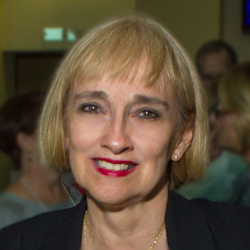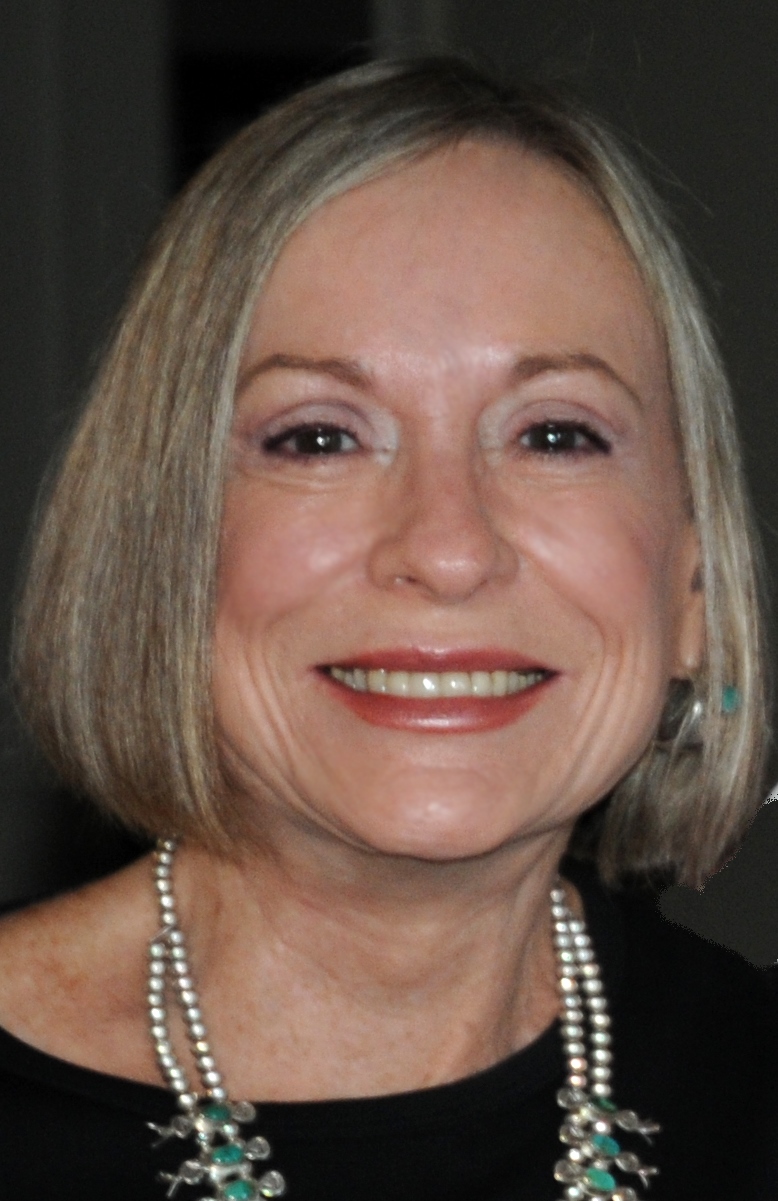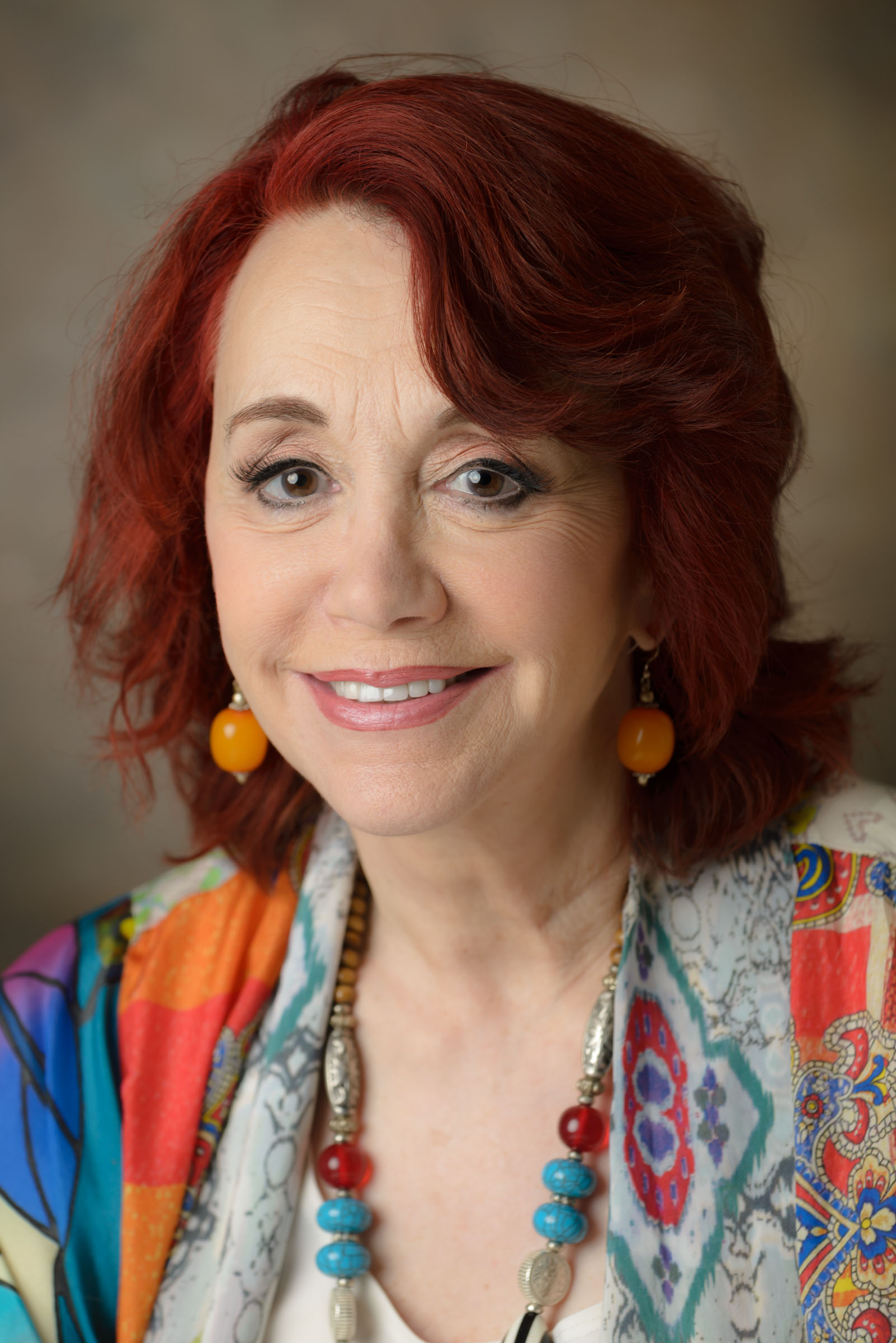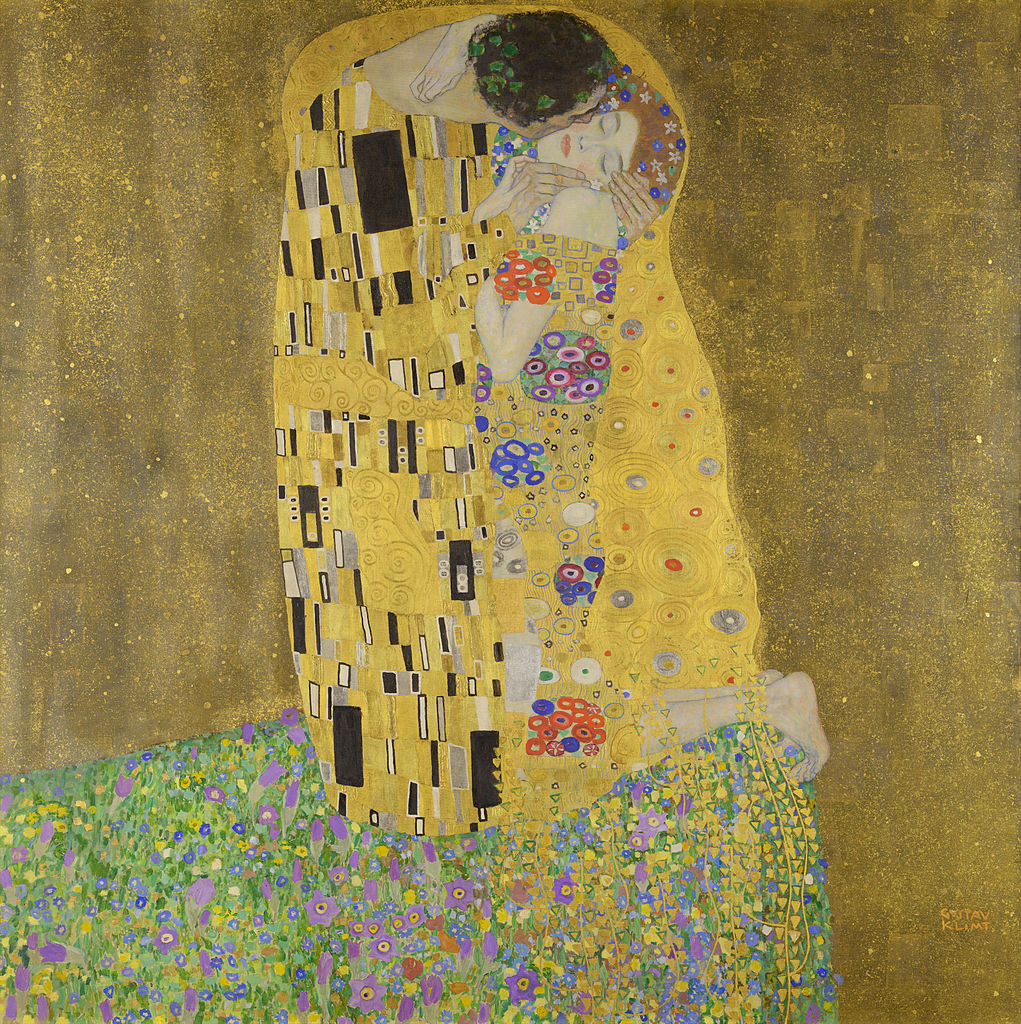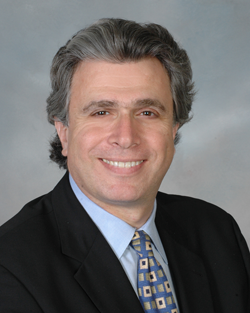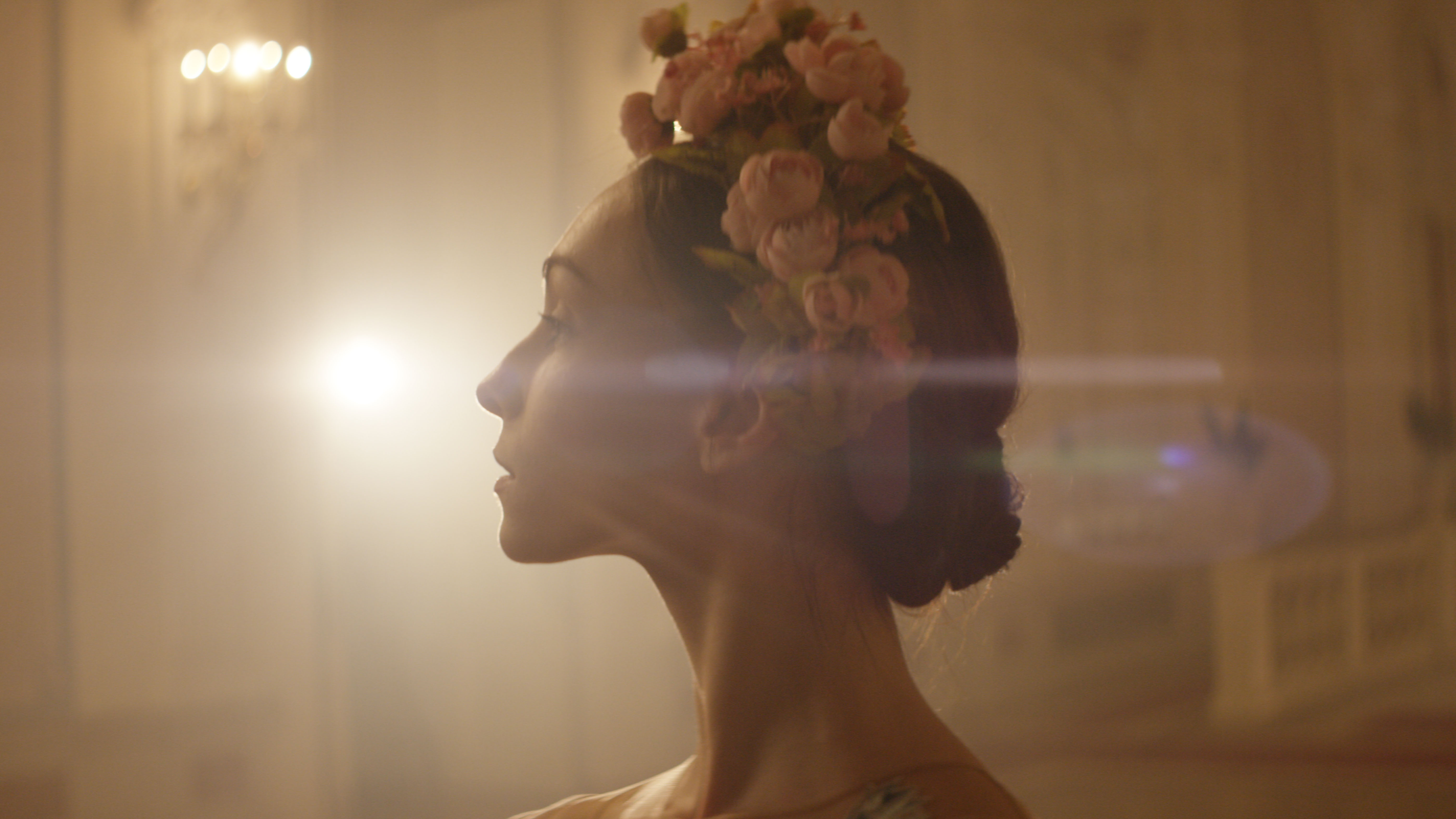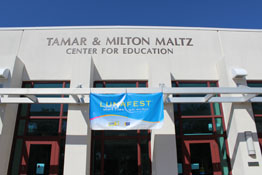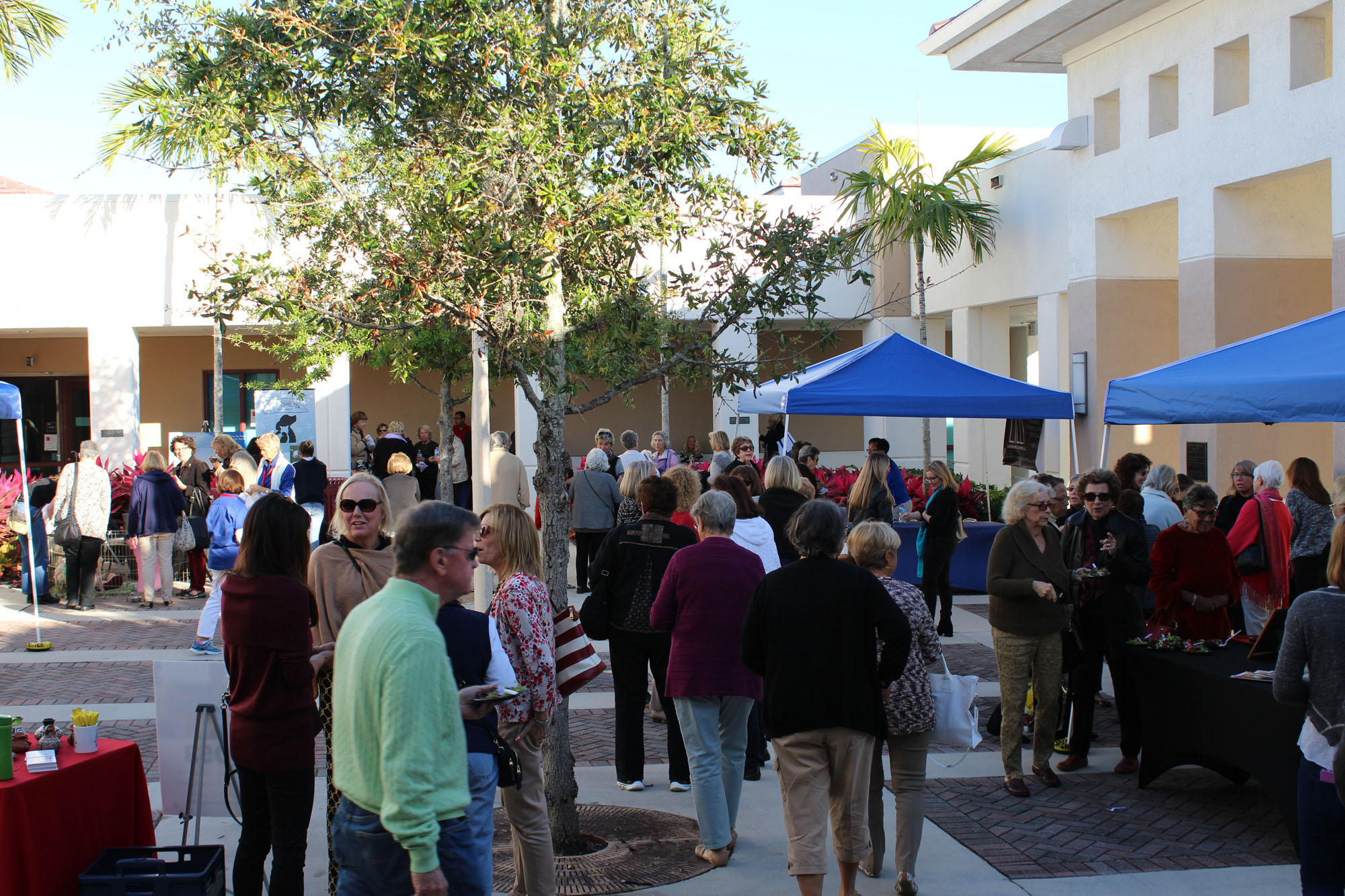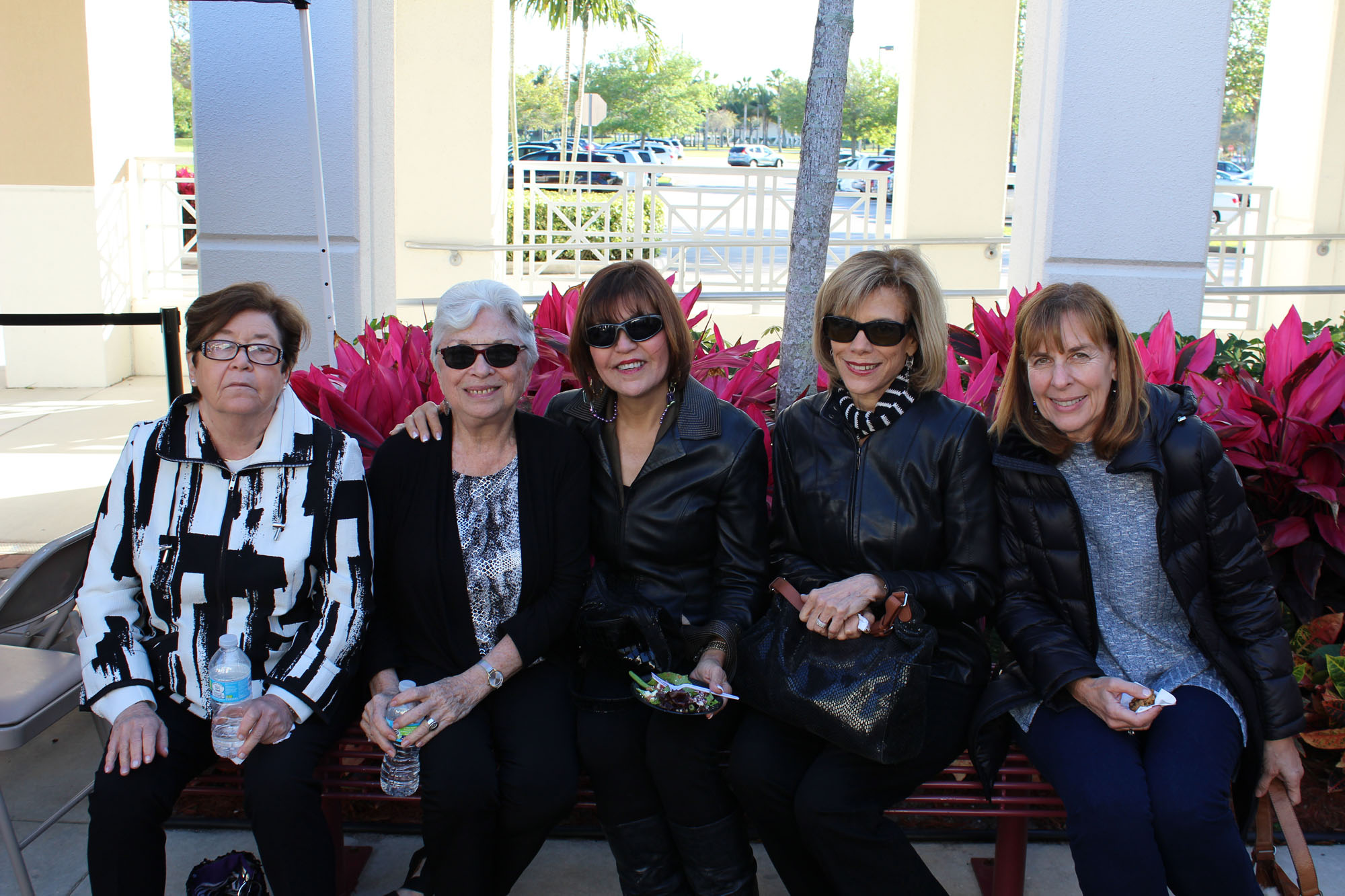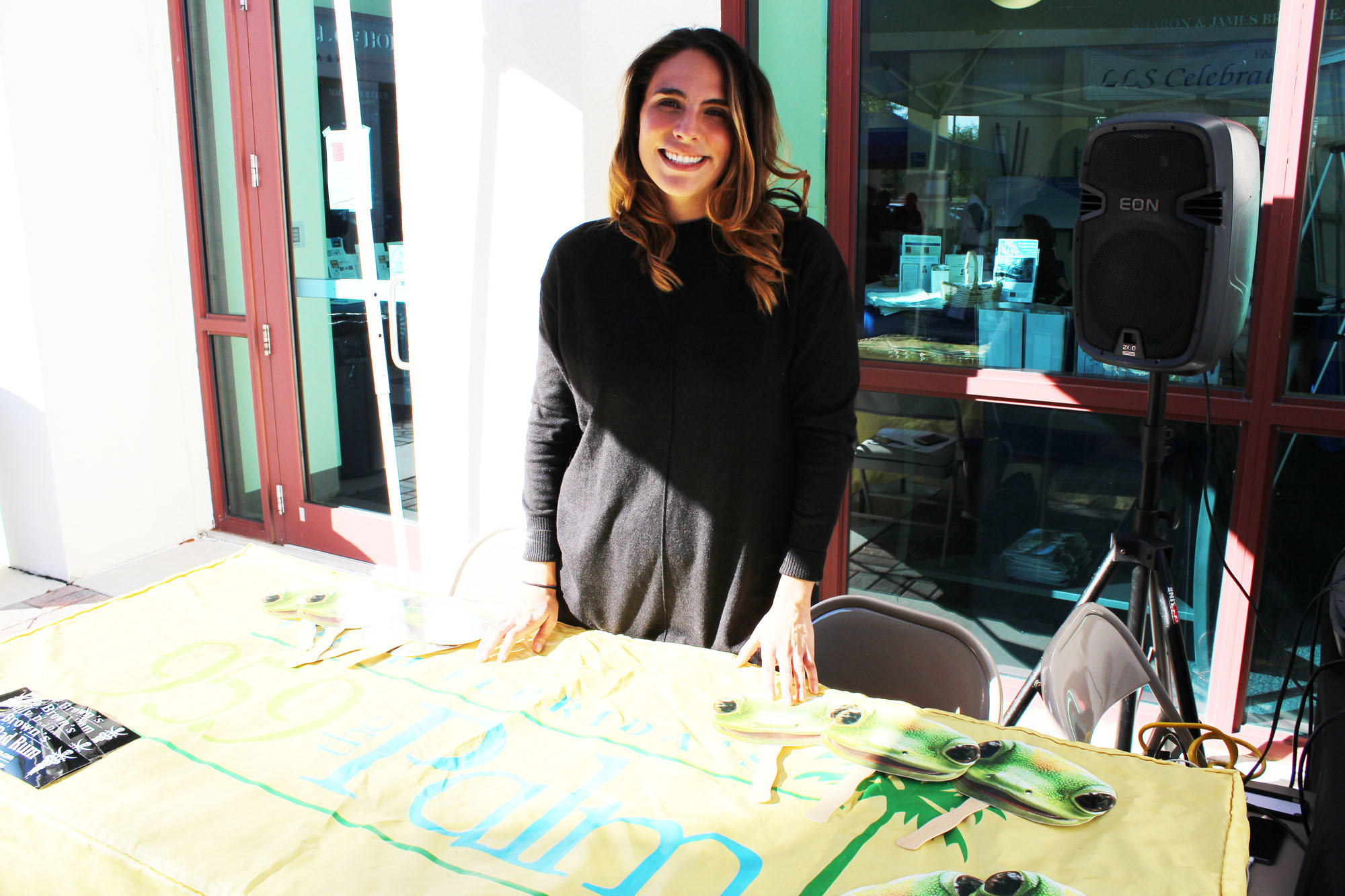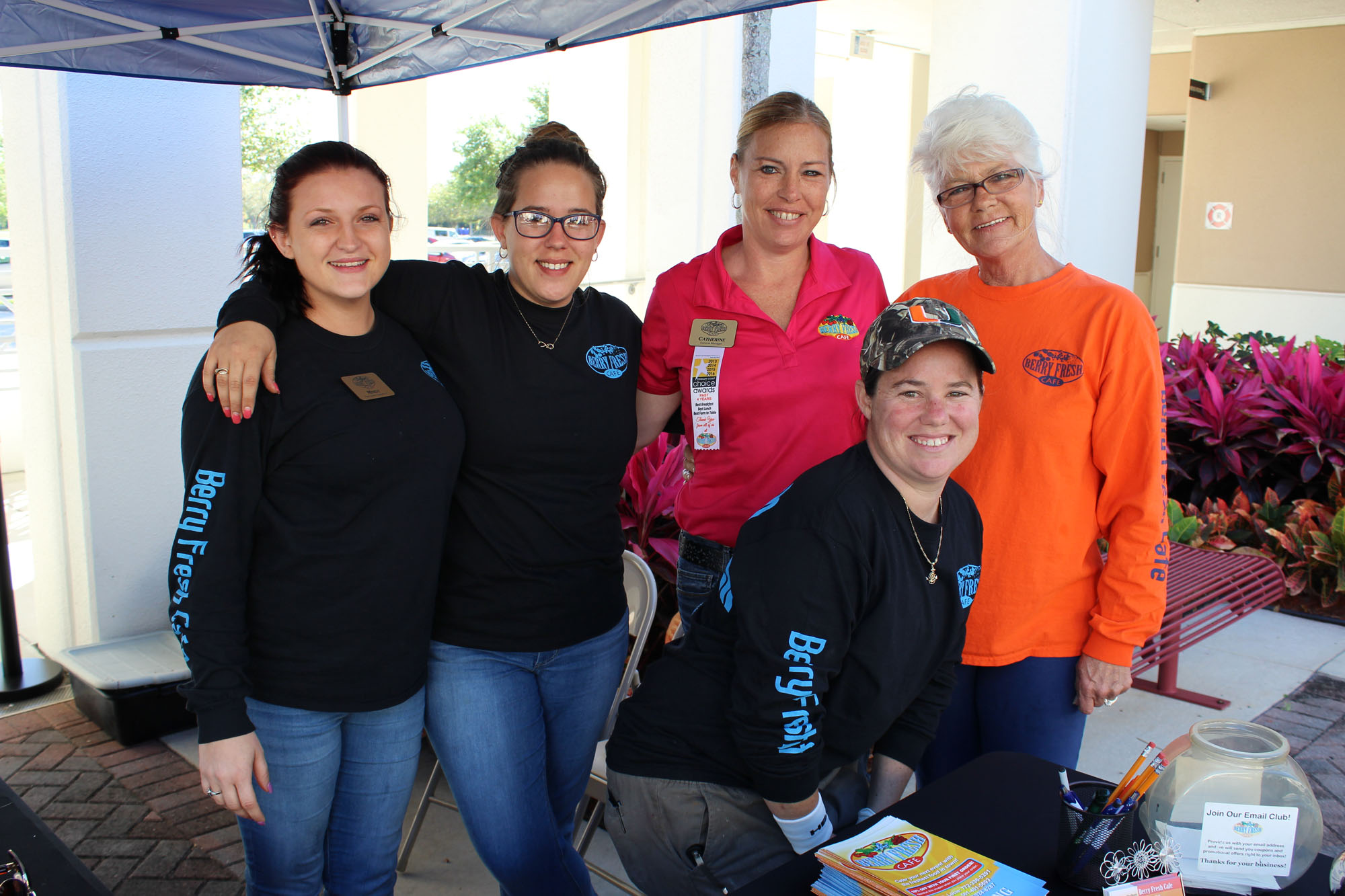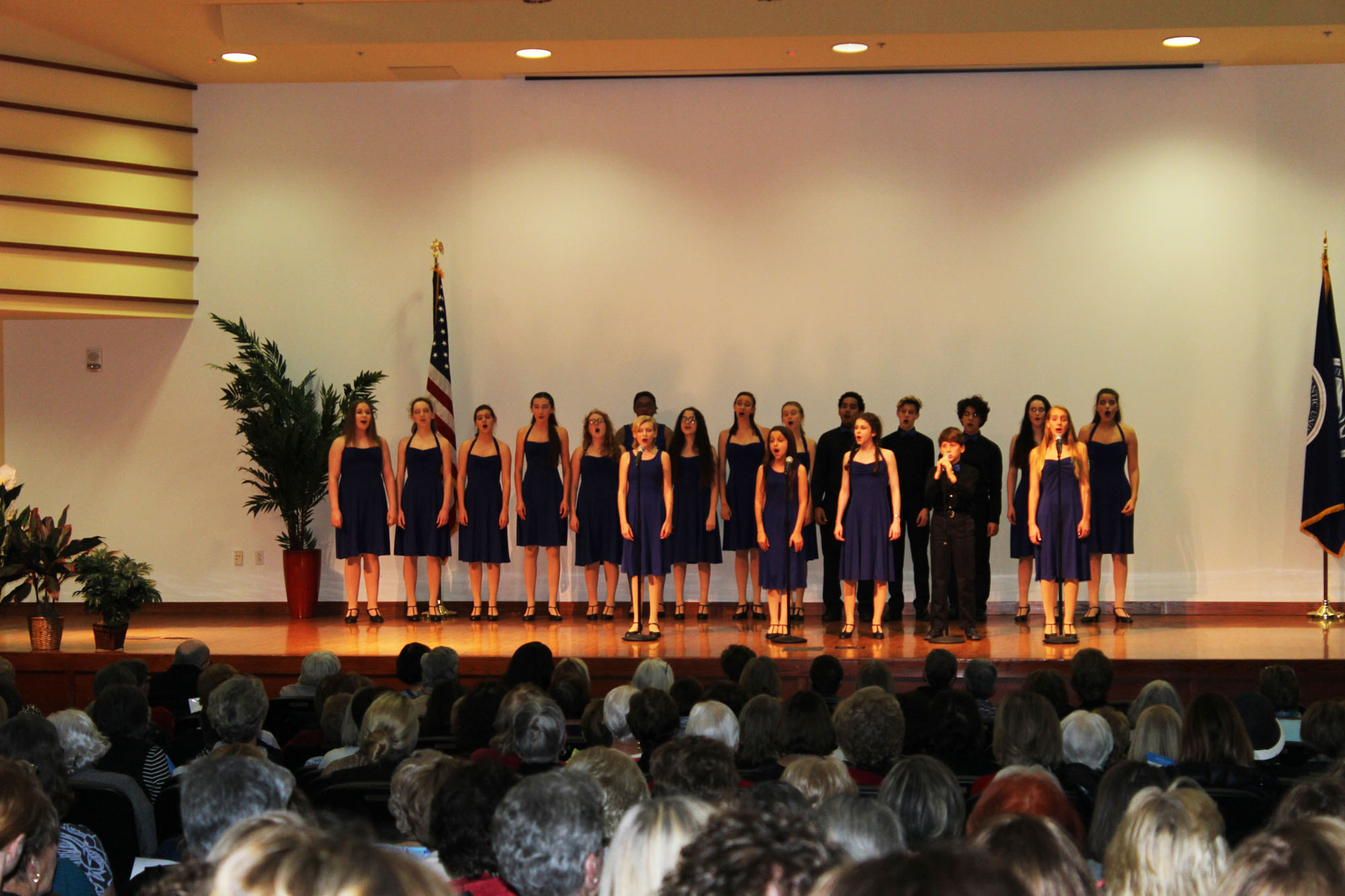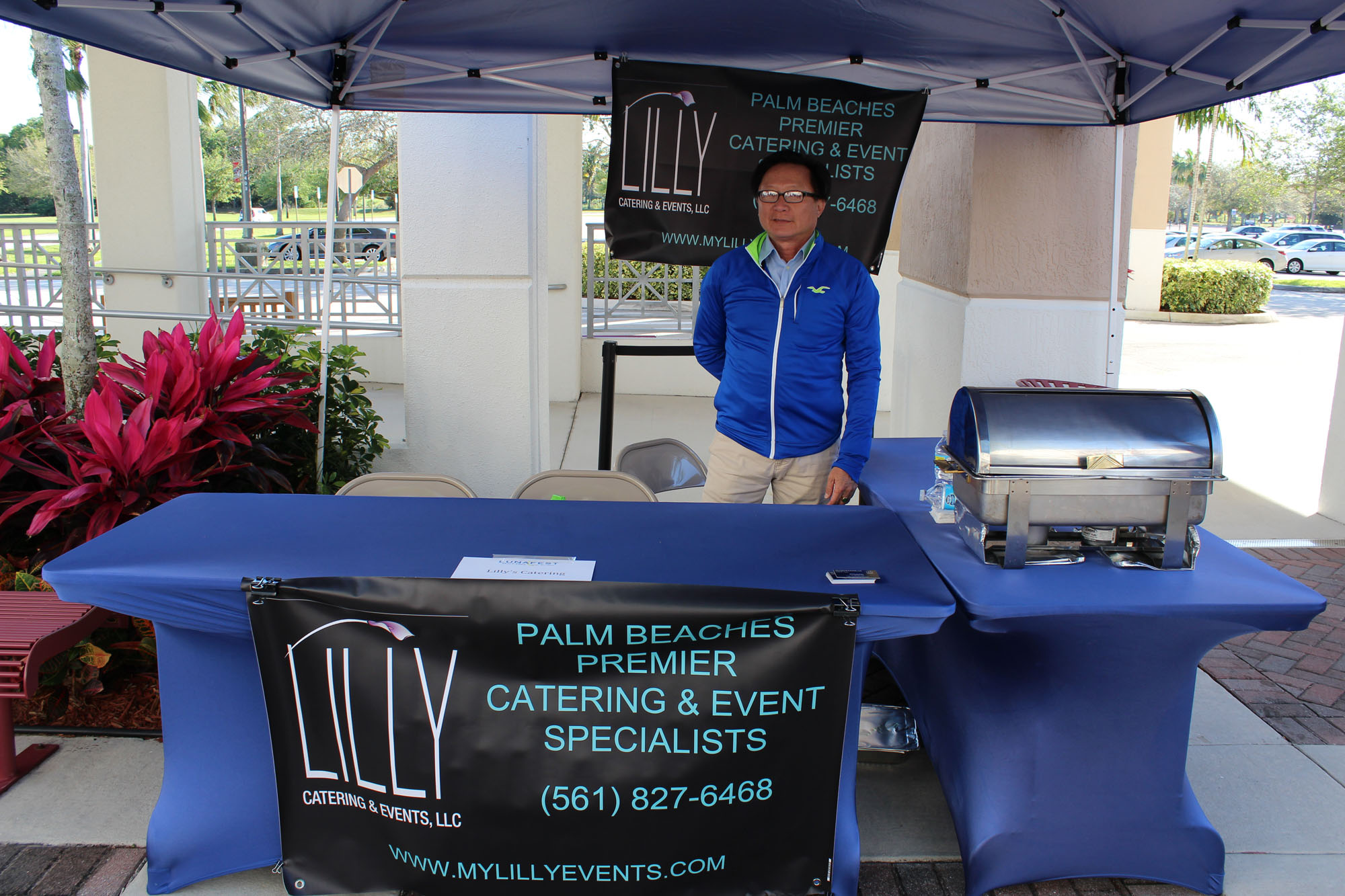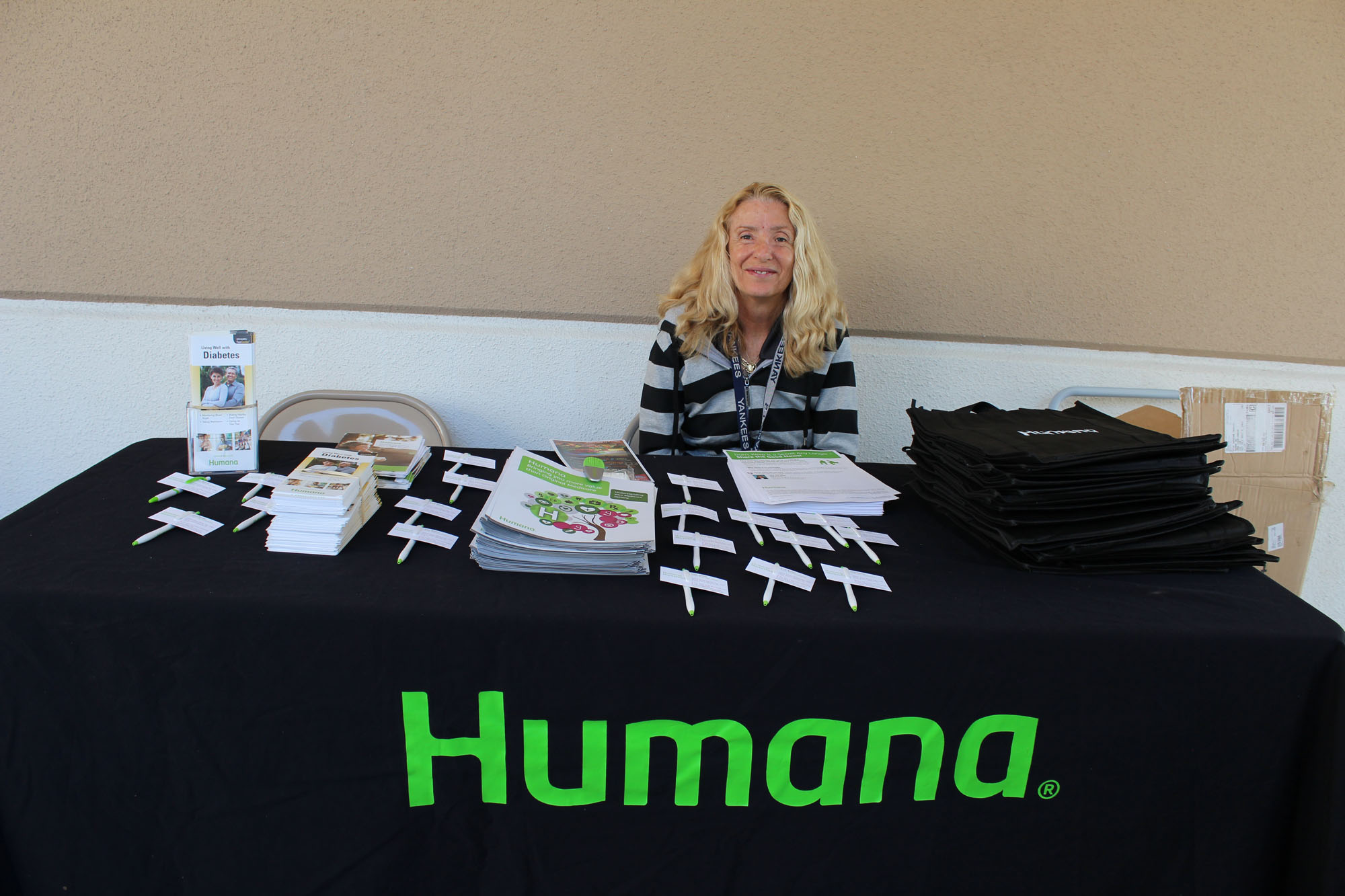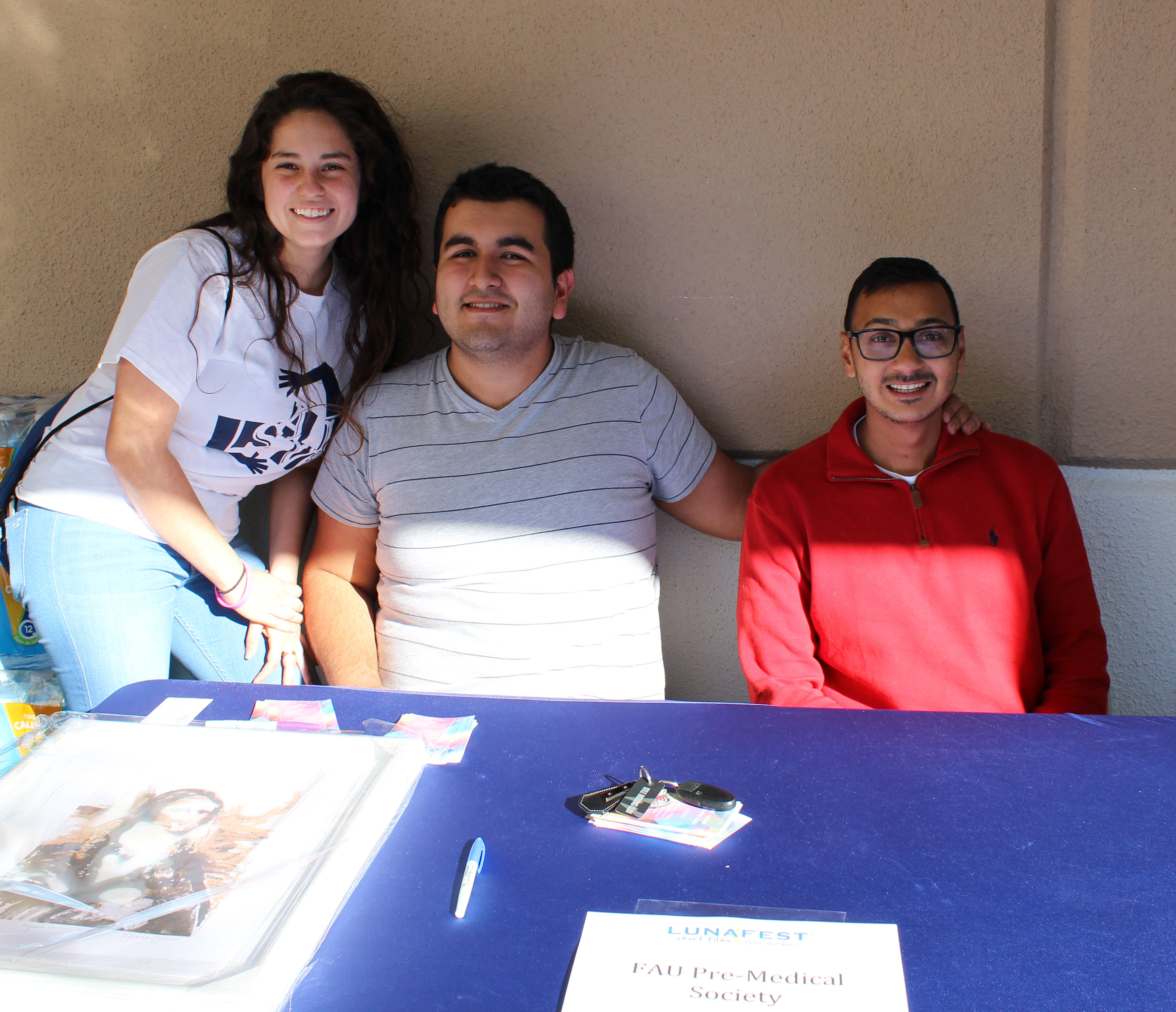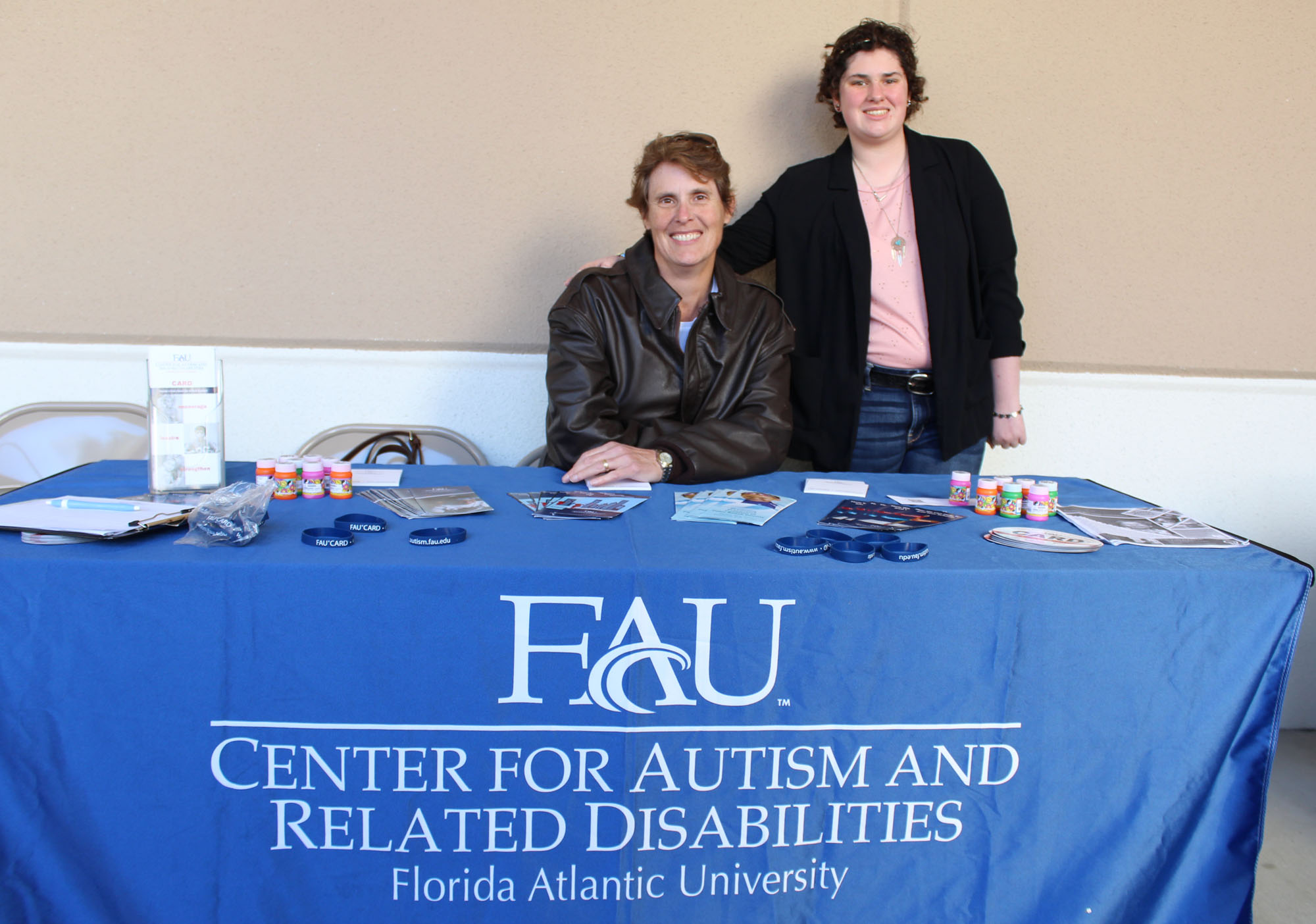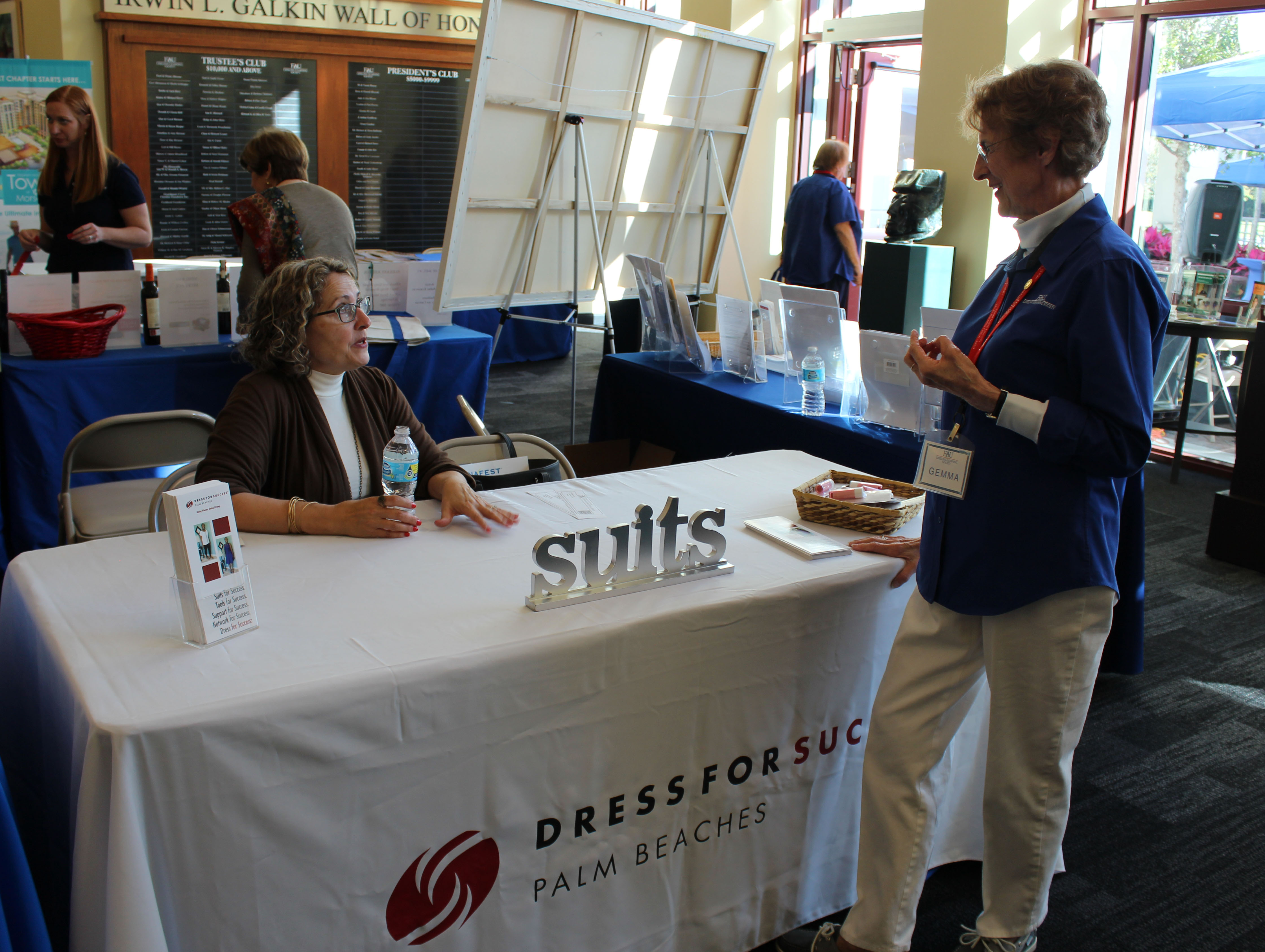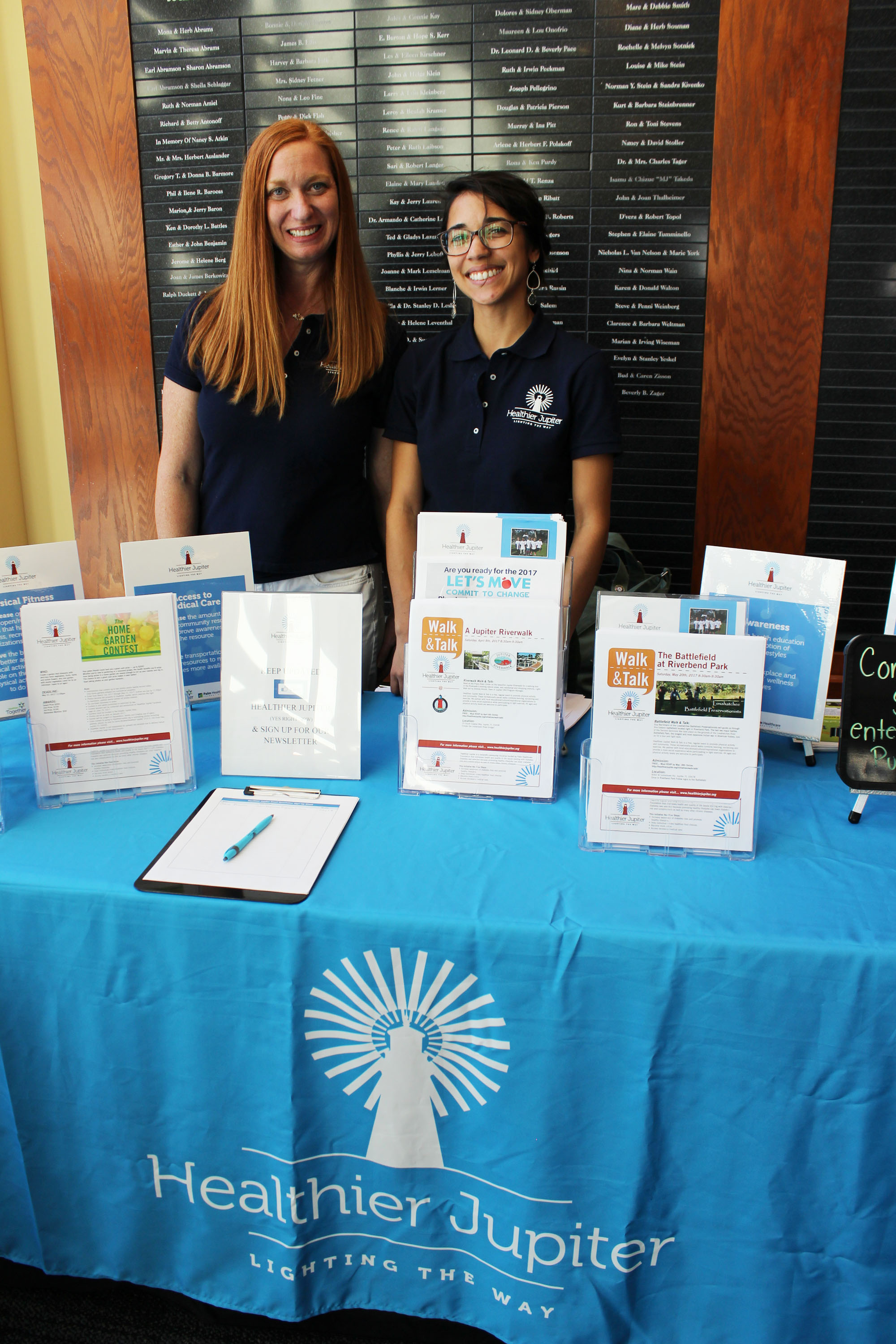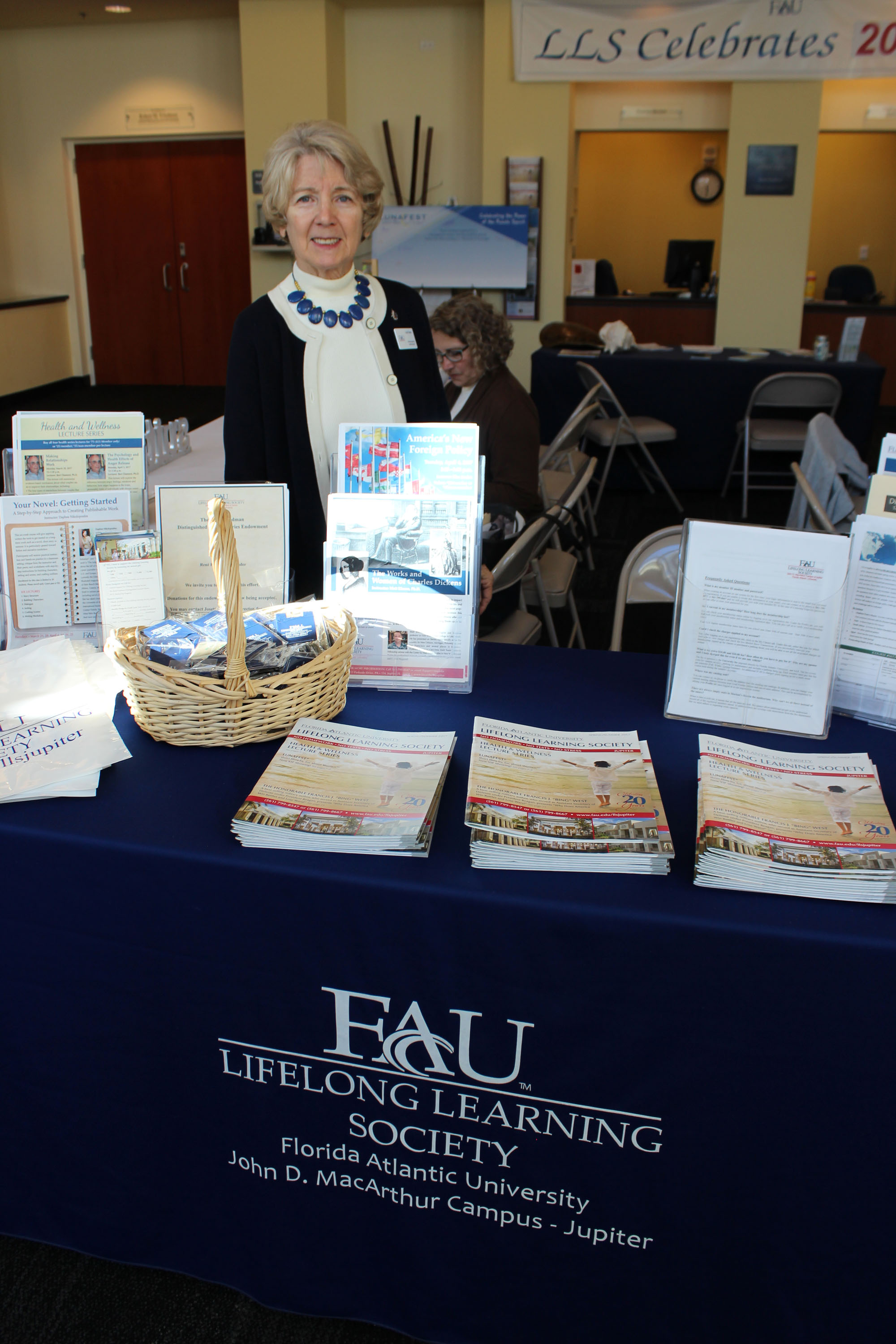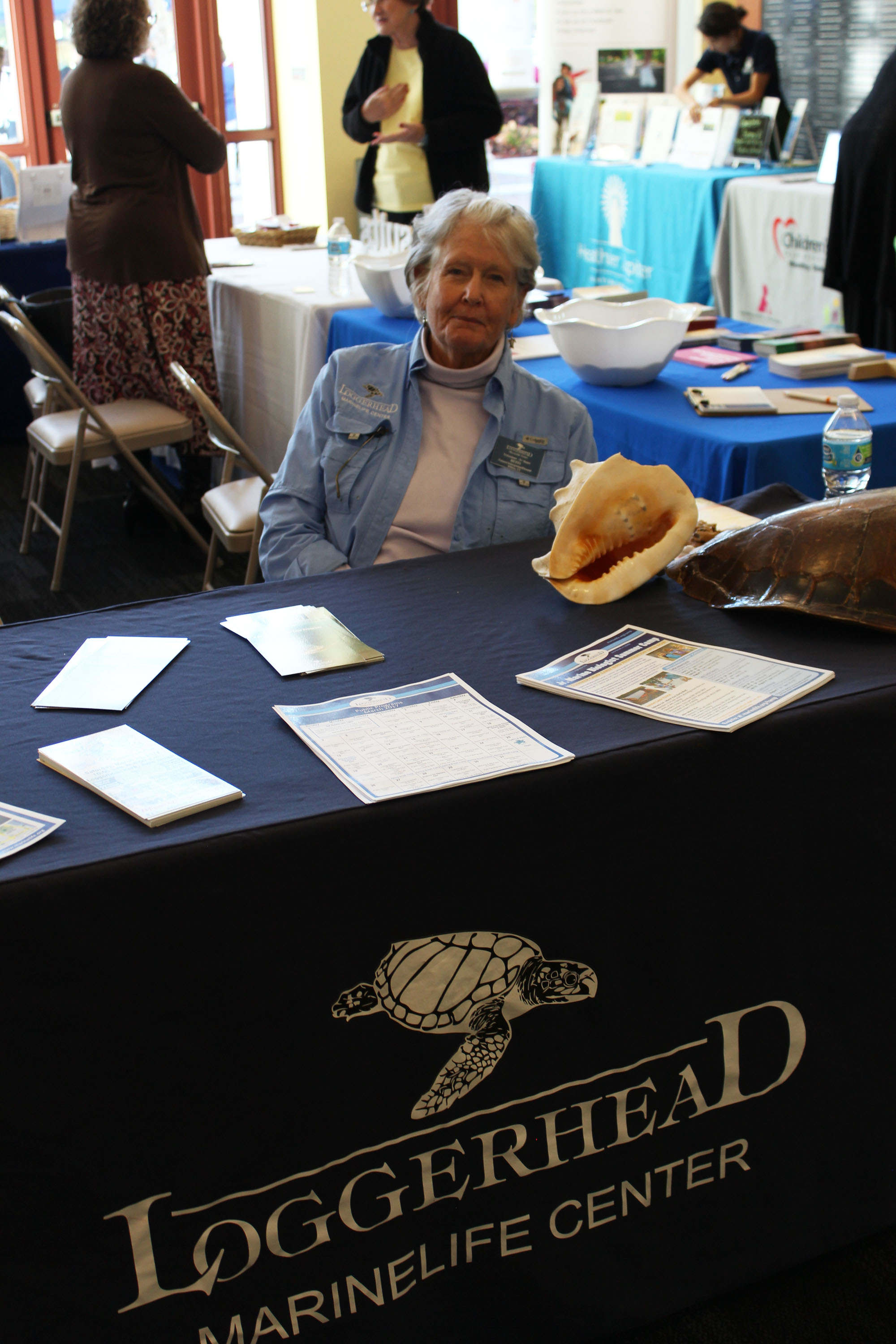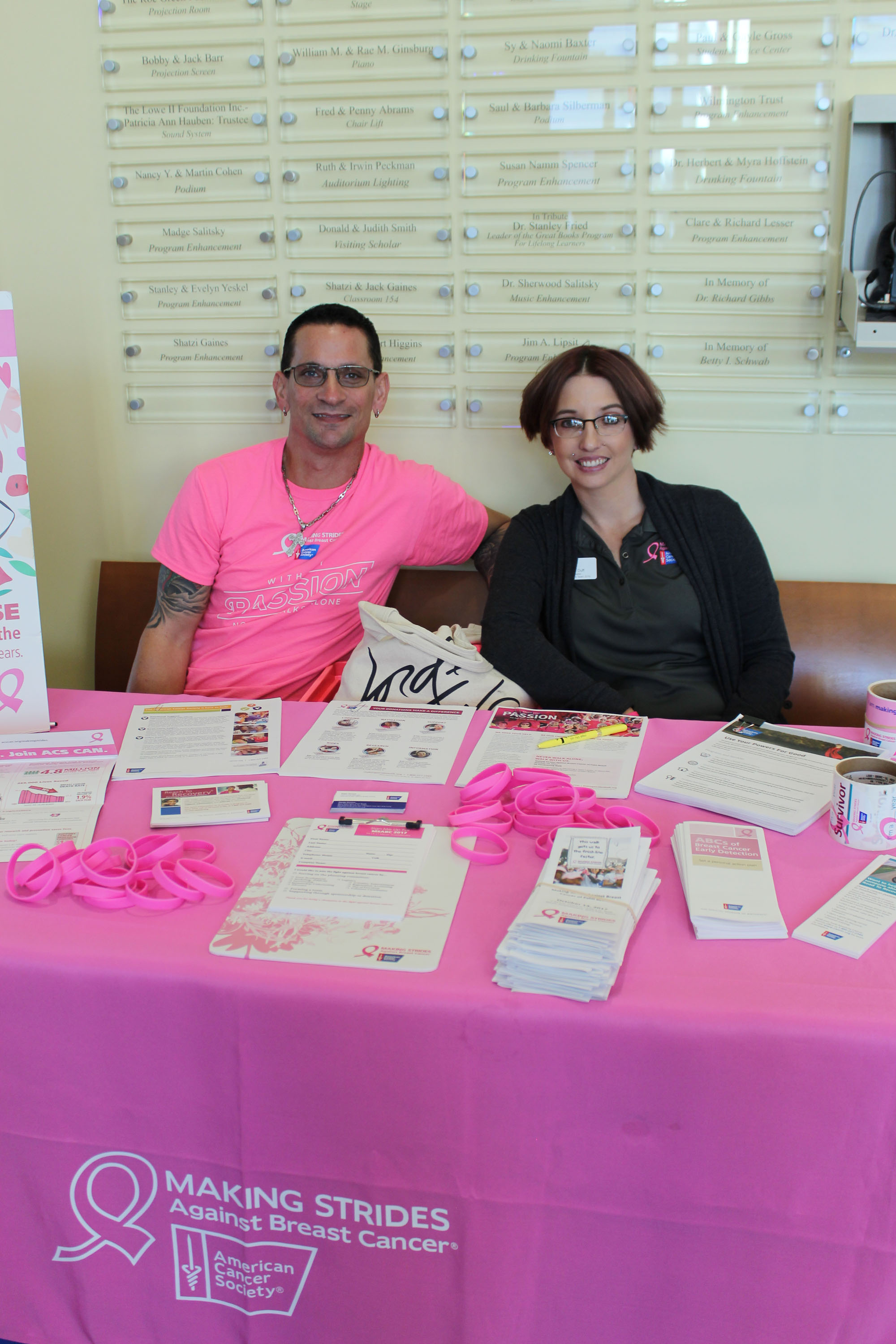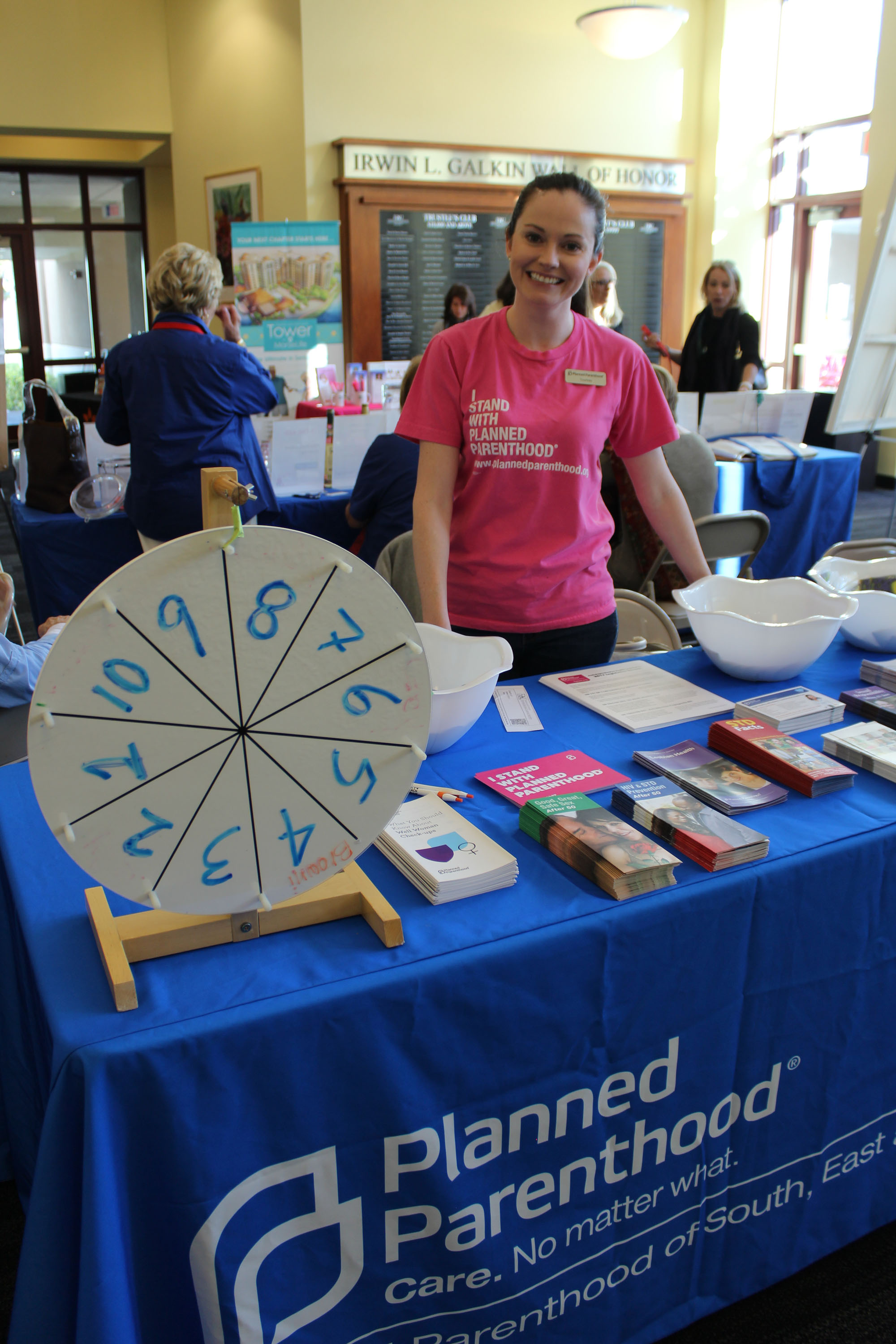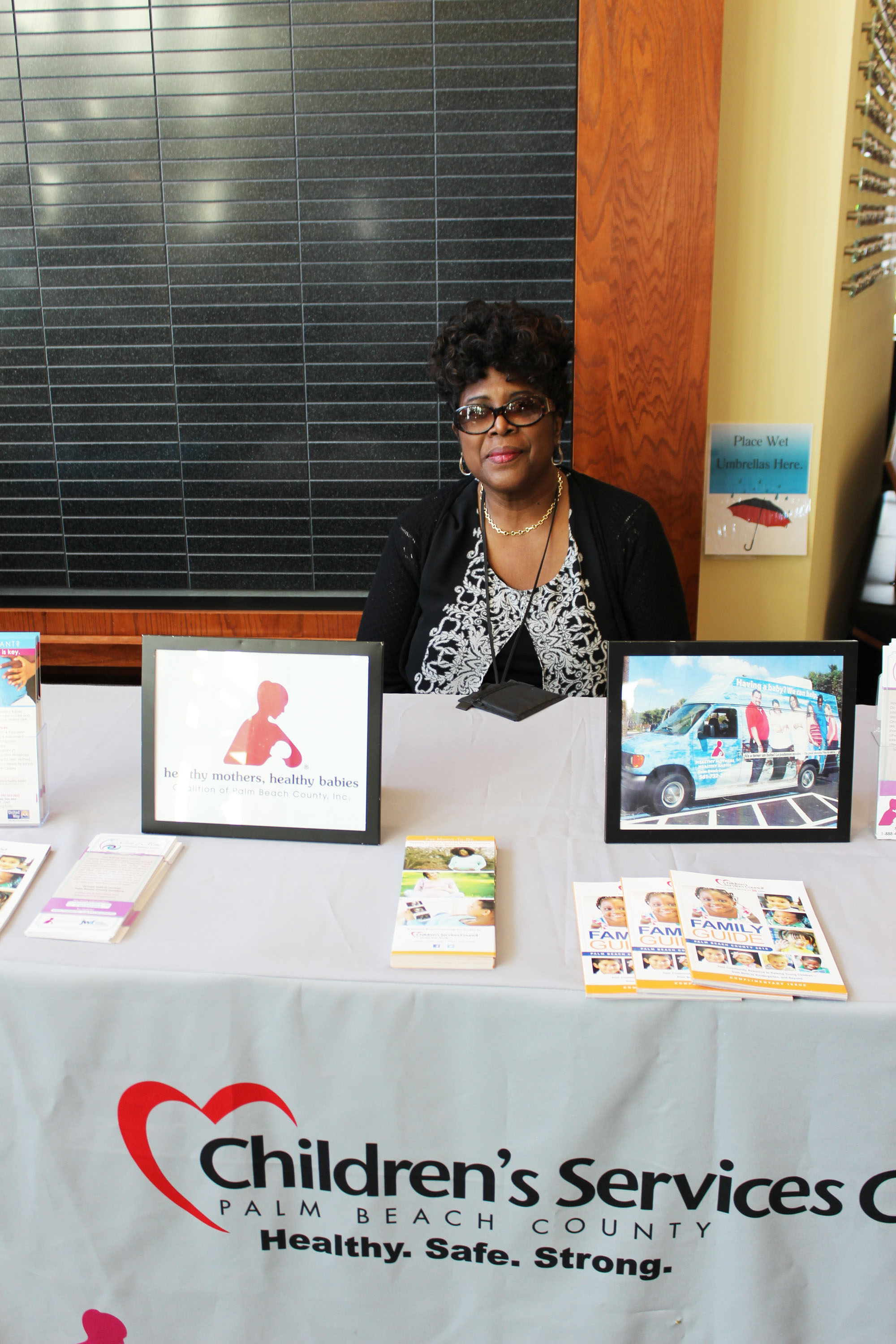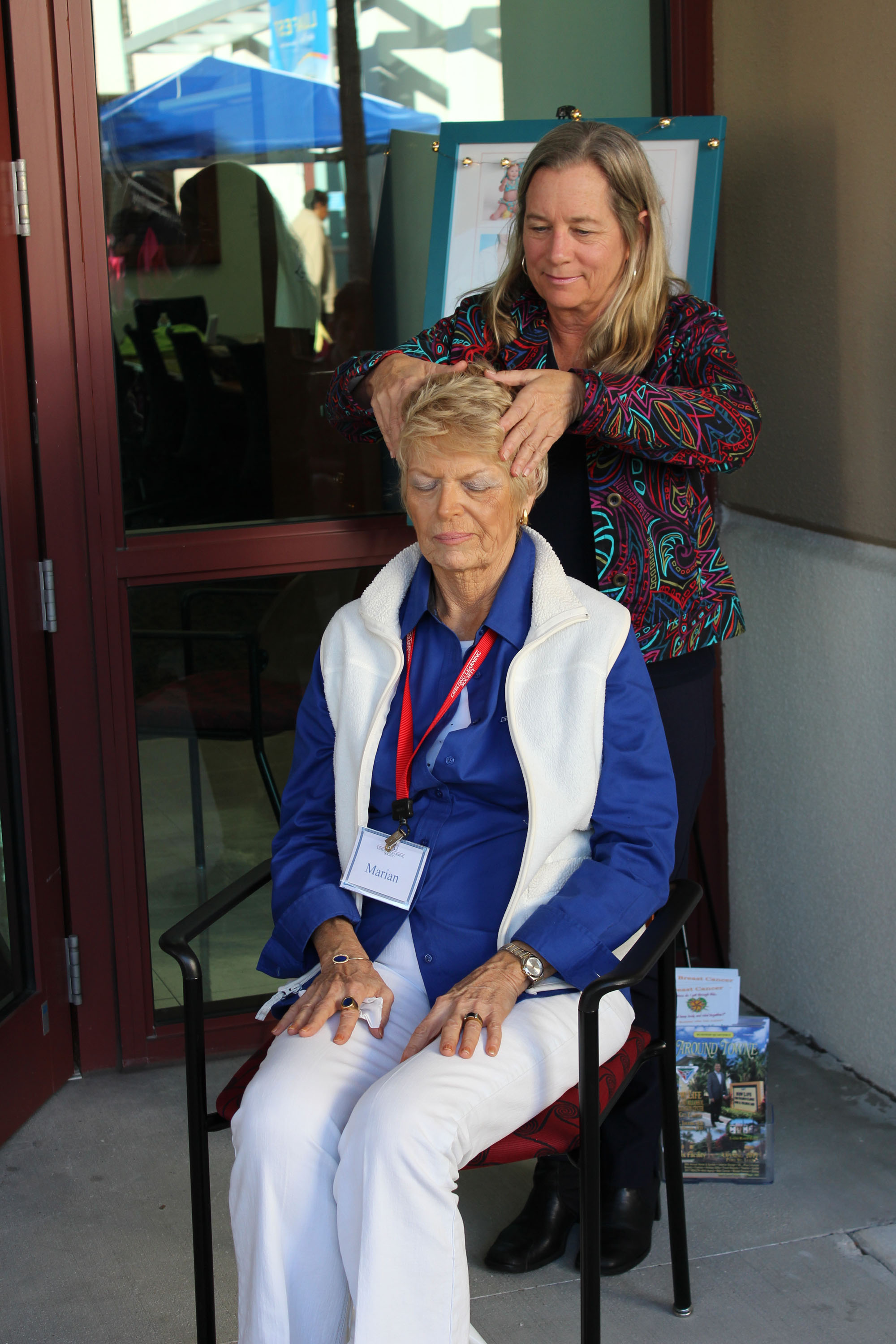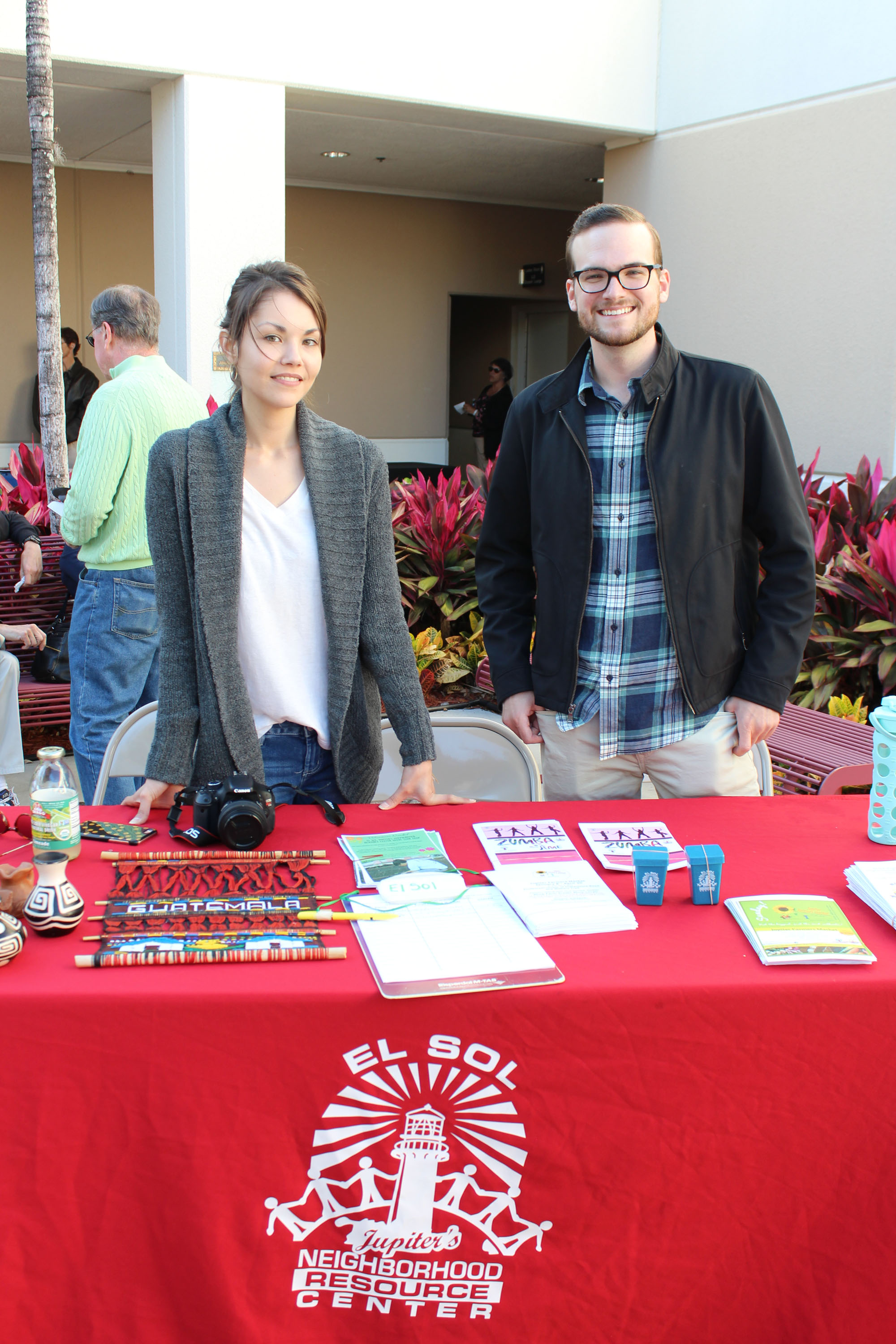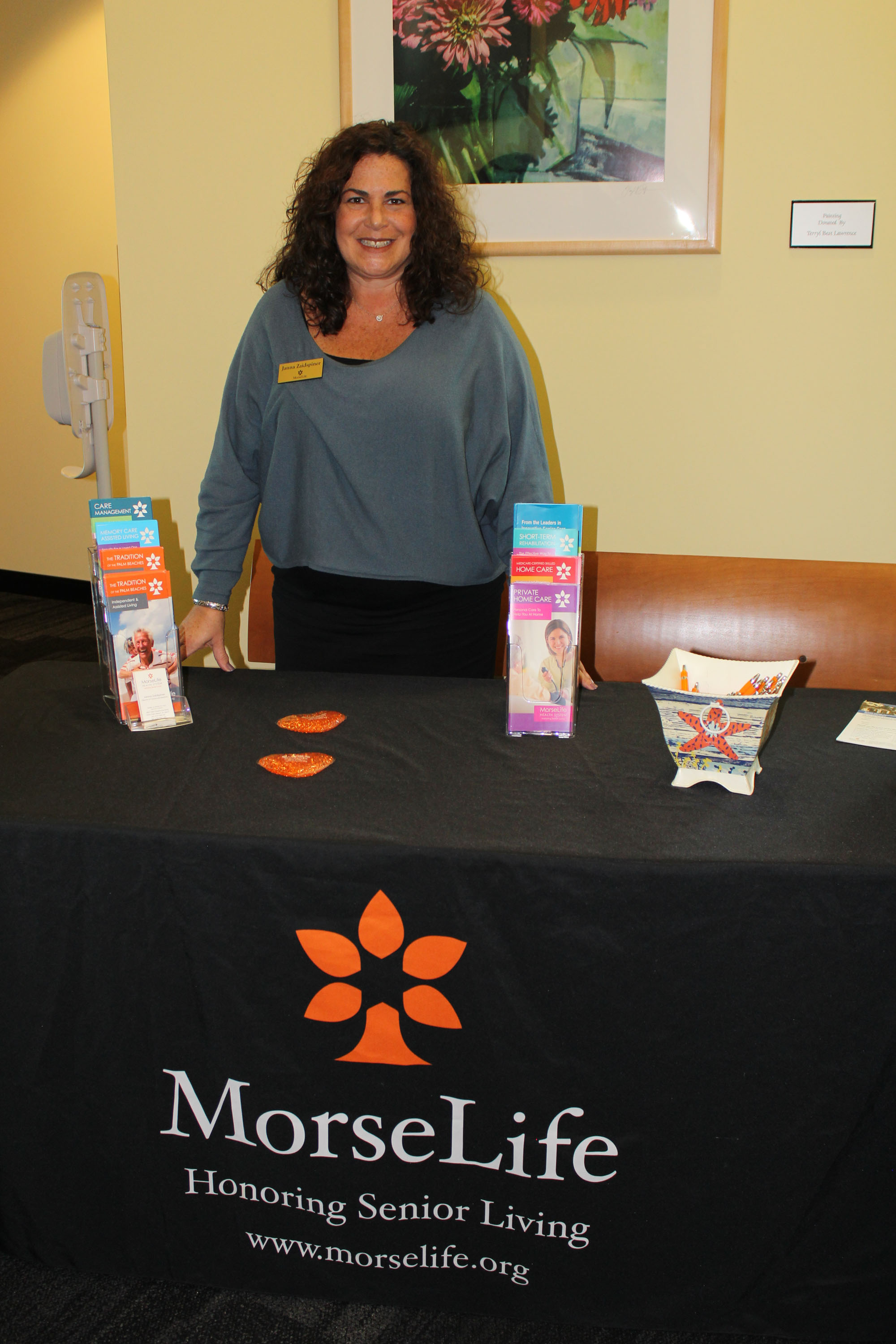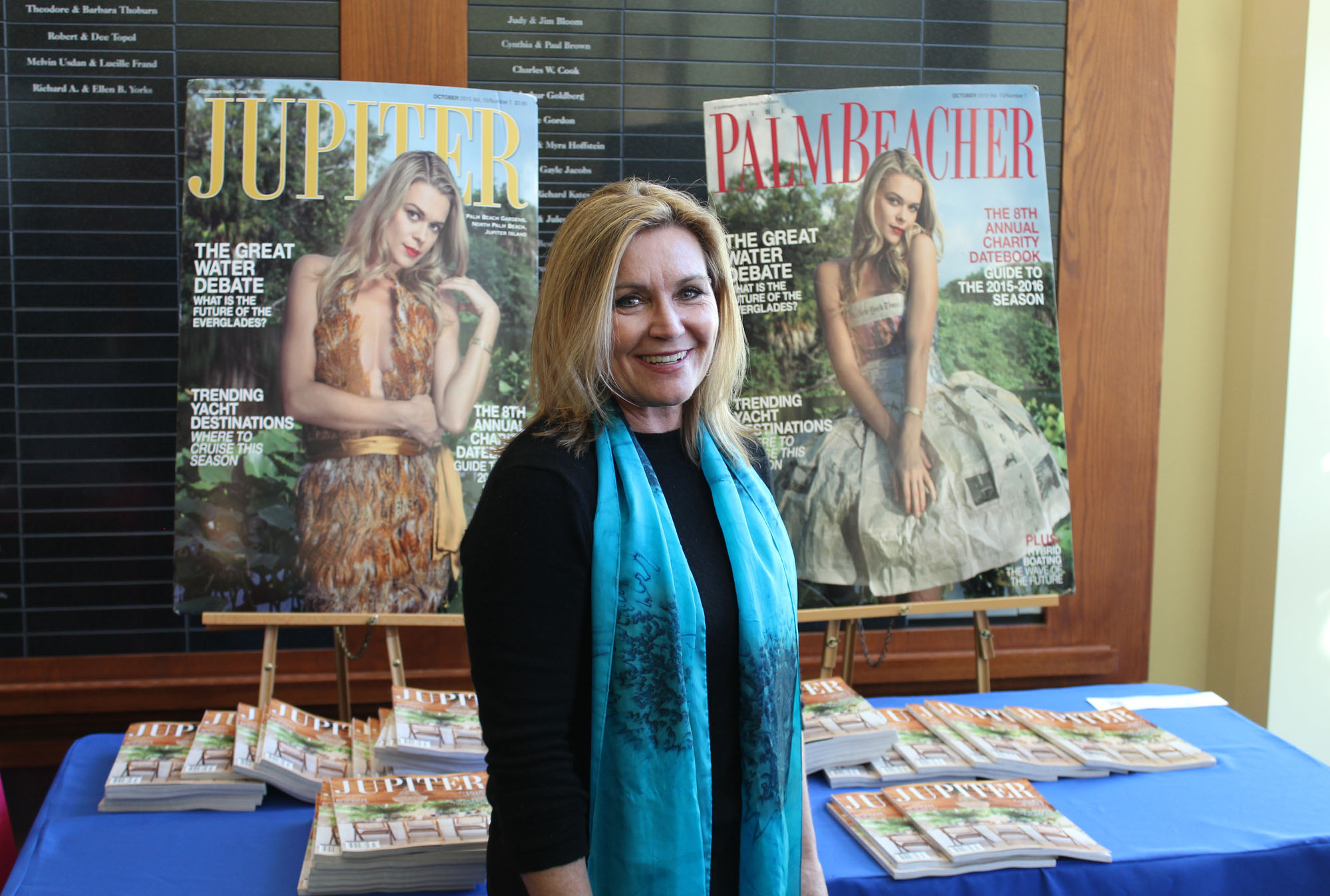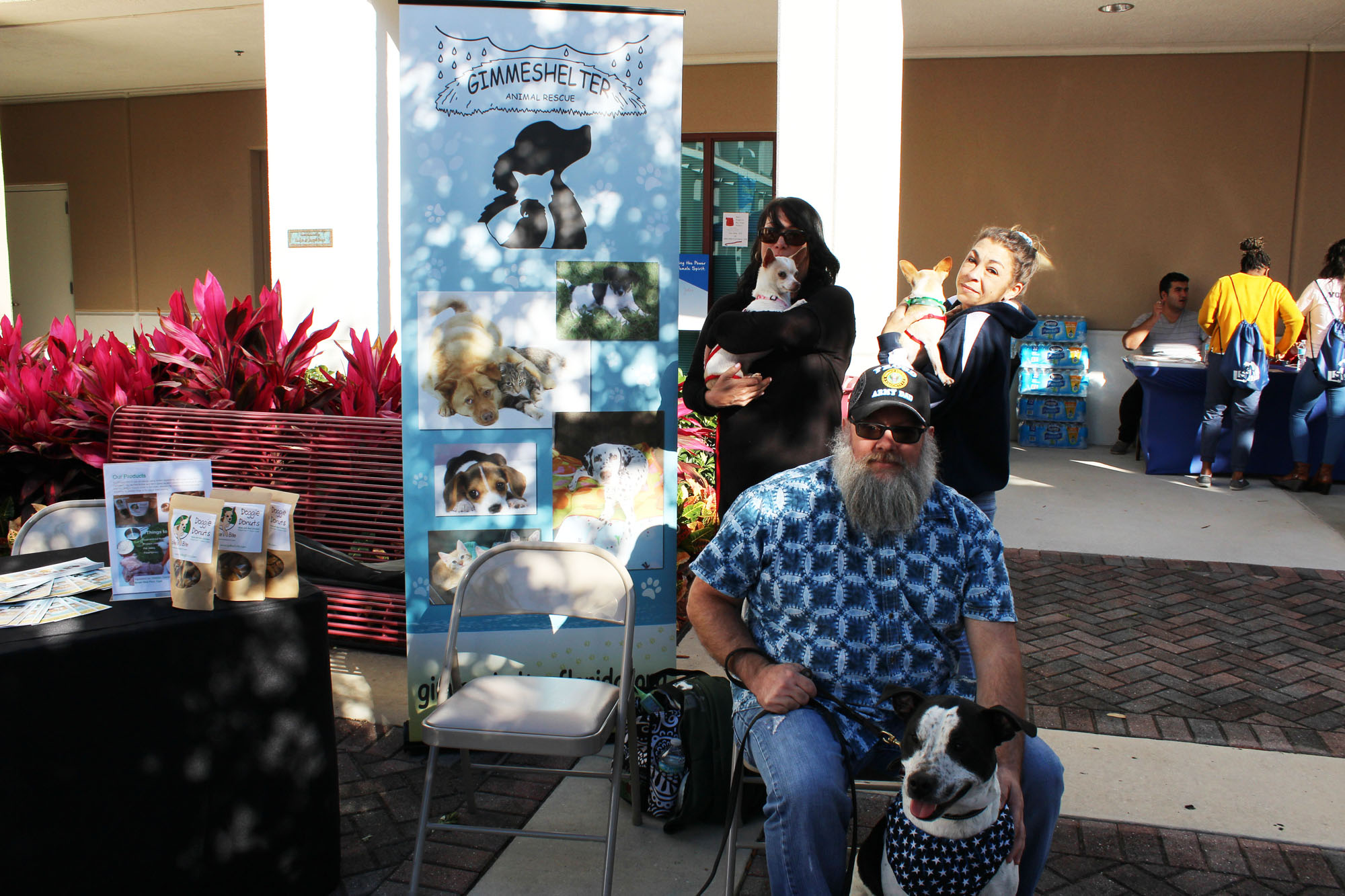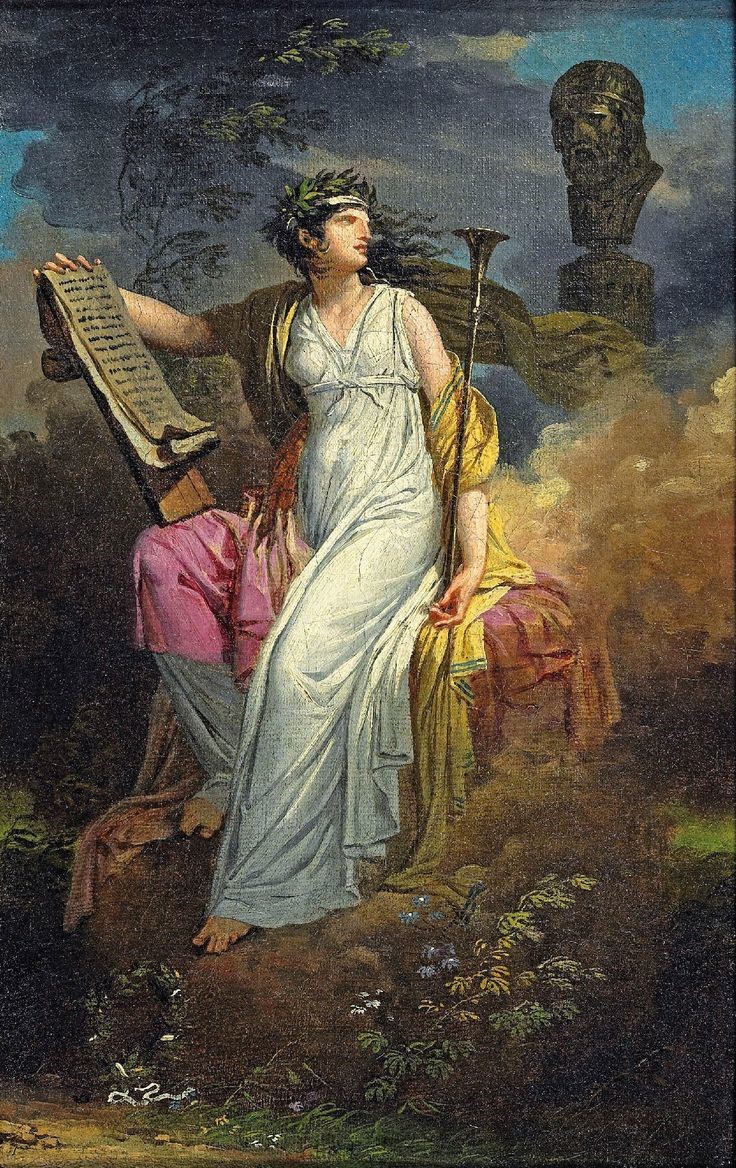
What is it about poetry that has the power to instruct us, to transform us, to comfort us, to inspire us? I fell in love with poetry as a very young child and it has been a lifelong love affair ever since. Each night, my mother would read us one of the poems from each of the 88 pages of our whimsically illustrated children’s poetry book. We would never let her skip a page!
When I was 6, I received my own book of children’s poems, all new to me. I still have that book even though it is now held together with masking tape! Those poems taught me the beauty and the musical rhythm of words, how words could be put together in poetic form to delight or to make us think, and how words could be used in unexpected ways. What child has not giggled at the wonderful silliness of Gelett Burgess’ I never saw a Purple Cow, I never hope to see one; But I can tell you, anyhow, I’d rather see than be one! What child has not been made giddy by the permission to not like an adult “just because” after reading:
I do not like thee, Dr. Fell,
The reason why I cannot tell;
But this I know, and know full well,
I do not like thee, Dr. Fell.
In my teenage years, we had many poems to memorize for school. Other students found it an onerous task but I had been memorizing them for pleasure for years so I was delighted with the new material. How thrilling at that age to read William Ernest Henley’s “Invictus”:
…I am the master of my fate,
I am the captain of my soul.
Or Robert Frost’s “The Road Not Taken”:
…Two roads diverged in a wood, and I
I took the one less traveled by,
And that has made all the difference.
These two lessons have indeed made all the difference to me throughout the years.
My guiding light as an adult has been the beautiful and introspective poem “Ithaka” by C. P. Cavafy.
As you set out for Ithaka
hope the voyage is a long one,
full of adventure, full of discovery…
Keep Ithaka always in your mind.
Arriving there is what you are destined for.
But do not hurry the journey at all.
Better if it lasts for years,
so you are old by the time you reach the island,
wealthy with all you have gained on the way…
Wise as you will have become, so full of experience,
you will have understood by then what these Ithakas mean.
A few years ago, a young friend who was too beautiful for this world departed it much too soon. My own words seemed incomplete, inadequate to offer to her grieving family so I translated into French the poem “Beannacht” (the Gaelic word for blessing) by John O’Donohue and gave it to them. Her sister read it at her funeral:
On the day when
the weight deadens
on your shoulders
and you stumble,
may the clay dance
to balance you.
And when your eyes
freeze behind
the grey window
and the ghost of loss
gets in to you,
may a flock of colours,
indigo, red, green,
and azure blue
come to awaken in you
a meadow of delight.
When the canvas frays
in the currach of thought
and a stain of ocean
blackens beneath you,
may there come across the waters
a path of yellow moonlight
to bring you safely home.
May the nourishment of the earth be yours,
may the clarity of light be yours,
may the fluency of the ocean be yours,
may the protection of the ancestors be yours.
And so may a slow
wind work these words
of love around you,
an invisible cloak
to mind your life.
That poem, along with letters of loss to her written by those of us who knew her best, were then cremated with her so that her spirit would always know how very much she was loved.
After many years of living in France, I came back to the United States to take care of a family member whom I loved fiercely and who had suffered a series of strokes. While she was still able to, we would take a daily walk through her neighborhood. The strokes had robbed her of much of her memory and our conversation was limited, but one day she stopped in front of an abandoned house. She told me it reminded her of a poem she had learned in school as a young girl. She suddenly recited the first stanza of it, a poem that was unfamiliar to me:
Whenever I walk to Suffern along the Erie track
I go by a poor old farmhouse with its shingles broken and black.
I suppose I’ve passed it a hundred times, but I always stop for a minute
And look at the house, the tragic house, the house with nobody in it…
I was stupefied. When we got home, while she took a nap, I searched through her collection of poetry books trying to find it. After an hour of searching, there it was: Joyce Kilmer’s “The House with Nobody In It.” When she woke, I read it to her in its entirety. Her smile was the finest gift I have ever been given.
Two more strokes took their toll but only once did she give in to the indignity of the physical infirmities she was now facing. I started to console her, this woman who was the strongest woman I had ever known…and then stopped abruptly as I remembered the words from a Dylan Thomas poem I had memorized years earlier:
Do not go gentle into that good night,
Old age should burn and rave at close of day;
Rage, rage against the dying of the light…
So, I put my arms around her and let her cry, as well she should. After, I painted rosy pictures of a road trip we would take together. Once again, her contented smile was my reward even though only I knew that she would never again leave her house except by ambulance.
She was now bedridden. Each day, it took more and more of my strength to rip her from the greedy arms of the monster of total memory loss, a monster who was gaining ground each day. Conversation was now nigh impossible so I read to her. Our favorites were “The Reader” by Bernhard Schlink and Vicky Myron’s charming “Dewey the Library Cat: a True Story”…and, of course, her favorite poems. I read to her until my voice gave out……then I read some more. After all, what better gift could I give to this beloved woman who had read me 88 poems every night so many years before?
I asked three of our esteemed LLS professors to share with us what poetry means to them. Here are their lyrical responses:
Dr. Benito Rakower
In the lower grades of public school, we heard rumors and had intimations of something special ahead. I learned about it from my older sister. But all the pupils in my class also knew about it. It was famous and, to our childish understanding, magical, wonderful, and powerful. Our only and partial glimpse were the lines:
“Water, water everywhere,
And all the boards did shrink;
Water, water everywhere,
Nor any drop to drink.”
We memorized them and were taught by older pupils that they were “poetry.” More important, we knew immediately what the words meant and how horrible the situation described must have been. It was the first time in my life that I came under a spell. In the 7th grade, we read the entire text of The Rime of the Ancient Mariner.
From that moment, I realized that words were more important than grammar. And that simplicity was grander than cleverness. When I came to read Shakespeare, it was never his wit and cleverness that impressed me. Rather, it was the force of a phrase or word that leaps off the page. The line in Shakespeare that most affected me was Caliban saying to Prospero “wouldst give me water with berries in it.” Explaining its wounding greatness would be futile. In fact, explaining poetry is worse than futile.
Dr. Kurt F. Stone
Poetry: Words Suffused with Fragrance
Like my mother, who is currently in her very active 90s, my grandmother, who lived to somewhere between 96 and 103 (she lied a lot), did a bit of acting. And like her daughter, she was immensely literate. Perhaps that’s because she was born just a few weeks before, and in the same neighborhood as, F. Scott Fitzgerald. Unlike most Jewish grandmothers, Anne was a really third-rate cook and not much of a housekeeper. However, what she lacked in the kitchen, she more than made up for in the salon or library, for she managed to inculcate in her grandchildren a love of Shakespeare, Tennyson, Byron, and Browning. Even before we hit kindergarten, she had us reciting Byron (“She walks in beauty, like the night of cloudless climes and starry skies…”), Noyes (“The wind was a torrent of darkness among the gusty trees…”), Byron (“Adieu, Adieu! My native shore\ Fades o’er the waters blue …” and, of course, Shakespeare (“The quality of mercy is not strain’d; it droppeth as the gentle rain from heaven …”).
According to grandma, poetry was the highest form of literature – the only one in which “words are suffused with both beauty and fragrance.” And although few of our friends – many of whom were, in reality, the children of novelists and screenwriters – could quite understand why we were forever reciting poetic verse – we felt truly special. For to this very day – and I am now a grandparent myself – I can still hear, feel, and even sense the fragrance of the poetry Anne shared with us so many, many years ago. The words she read are immortal; the woman who read them is, likewise, immortal.
As a postscript, we have long possessed in our family, a leather-bound 1878 Avon edition of the complete words of Shakespeare. In every generation, it is given over to one member of the family for safekeeping; this tradition is now in its 5th generation. I am happy to report that since the mid-1990s, I have been the keeper of this marvelous volume, filled with the smudges, fingerprints and utter enjoyment of those literate ancestors who came before me.
Dr. Taylor Hagood
I know what you’re thinking . . . .
Not poetry!
Ugh, all those lines and that weird sing-songy way you have to read it and the rhyming. Or maybe it doesn’t rhyme—that’s even worse. You imagine people reading, in those overly tragic tones, lines that are utterly inscrutable. There may be some clever turns of phrase, but what does any of it mean?
Oh no, the HIDDEN MEANING!!! That’s the worst of all. Who can possibly figure out what the “poet” is trying to say?? Who has time to worry about it?
I feel your pain. I have myself thought the same way. I pretty much felt that way all through elementary, junior, and half of high school.
Then, one day, I was in a junior level high school English class, and, finally, we were getting away from diagramming sentences (a form of torture the millennials have no knowledge of) and reading short stories by Hawthorne and Poe. How I loved those tales with their fine romantic glow—old Feathertop being transformed from a broomstick contraption to a real man, Prince Prospero with his grand masque ball interrupted by the inexorable red death.
I was having a fine time of it, and then the day came when we had to read some poetry. I groaned inside. How could I get through this hiatus and on to the good fiction again?
The teacher was a man named Pete Caleodis. He had a way of peering down his eyes at you, and when he spoke, only the ends of his lips turned up. He had a superior kind of disdain for pretty much anybody and anything. He was about the driest of the dry. It was hard to imagine a sense of humor or a heart or much of anything alive about him.
Mr. Caleodis had assigned us Poe’s poem, “The Bells,” and, I have to say, I thought it was about the silliest thing I’d ever tried to read. Bells, bells, bells, bells, bells. No wonder Ralph Waldo Emerson called Poe “the jingle man.”
Mr. Caleodis said he was going to read this one to us aloud. I was prepared for the worst.
And, at first, it seemed like some version of the worst. He started in reading about the silver bells, and, somehow, this dry old fellow’s voice went octaves higher than I could ever imagine it as he rushed through. We all started laughing. He was like some kind of cartoon character. What was he doing?
But then he got to the wedding bells, and his voice dropped a little and he read slower, and suddenly his voice had a nice round sound to it. These were the golden bells, and he made them sound golden. And when he got to the part where he repeated the word “bells,” he didn’t do it quickly but instead read them slower, with a fine kind of tone that mimicked the sound of bells ringing.
I quit laughing. He had my attention.
I looked down at the poem in my book as he began reading about brazen bells. His voice got loud now, and I could feel how those bells were terrifying. They were angry, and I could hear the brass in his voice and the violence as he read. I was rapt now, in a different world. Maybe I was in Notre Dame cathedral itself and it was Quasimodo himself ringing the bells. Maybe Mr. Caleodis was Quasimodo come back from the dead.
And then came the iron bells. The voice dropped in register and volume both. It wasn’t Mr. Caleodis’s voice anymore. It was a disembodied voice. The voice of the poem. The voice of bells themselves. They groaned and rung and moaned and sung. They were giant, massive, full of overwhelming pain, so heavy they could barely swing. They sounded in their hurtling monotone, and, when the last one rang, I could hear its echo vibrating around the room.
I opened my eyes. I wasn’t sure when I’d closed them. I looked at the man who’d never seemed like a real person to me. He’d transformed into something unearthly.
And so had poetry. My whole understanding of poetry and what it could be was changed right there.
I guess my life changed, too.
Mr. Caleodis went on to do other dramatic performances that semester. He read Langston Hughes’s “The Weary Blues” just like it was a blues song, and I could hear the click of those keys just like my grandmother’s old piano that drew blood when you dared do a glissando. He also read James Whitcomb Riley’s “Little Orphant Annie,” and, if the good Lord lets me live, I plan to read that one the way he did it for my little nephew come Halloween.
Because poetry is not about trying to mean something or trying to sound smart or melodramatic. In its core, it’s about sounding the music of a human’s heart and soul. Plain and simple. A literary critic can write about it and show all the different ways a poem touches different aspects of life. But when you get down to the bone with poetry, it is really about people expressing the deepest things of what people are. Sometimes it’s happy, sometimes fun, sometimes sad, sometimes broken, just like all those different kinds of bells.
But what about those HIDDEN MEANINGS???!!! Aren’t we supposed to find those in poetry?
To answer that, I would mention another great teacher I had. His name was David Noble. He was an original. Only one in the world like him. He came from way down in West Virginia; he was a southerner in the North just as I was, and he taught me how to wear that identity with pride. He had a standard uniform: a button-down, jeans, loafers, and a fly-fishing vest. I don’t think he ever did any fly-fishing, but he was always wearing that vest. He kept all kinds of packets of cigarettes in it. He also kept life-savers and, periodically throughout class, he would ask trivia questions, and if you got it right, he tossed you a life-saver as a reward. Better make sure you caught it—you didn’t get a second one.
Dr. Noble believed in moving classes along at what he called a “civilized pace.” That meant you didn’t worry too much about keeping to a schedule. He never put a calendar on the syllabus. He assigned readings, and if you got through them in the given class period, that was fine. But if things got exciting, you just kept going.
You never knew what was going to happen in his class. One time, in a course on Romantics and Victorians, it was springtime, and he went out and cut a bunch of apple blossoms on the trees outside the building. “Delve your nose in there,” he said. Literature was living. It was the written form of life just as a score was the written form of music.
My first course with him was an introduction to poetry. I was scared all over again because while Mr. Caleodis had shown me the possibilities for poetry, this was the university, and I doubted anybody would have fun with poetry here. Things were serious.
Then Dr. Noble walked in wearing that outfit. He went through the roll to see who was there. Then he said he’d had a song on his mind, “I Put a Spell on You.” Did anybody know who first wrote and recorded it? He pulled out a life-saver.
Nobody knew.
“Screamin’ Jay Hawkins,” he said with a laugh to himself and popped that life-saver into his own mouth.
Then he said, “Rule number one in this class: we’re not on the hunt for hidden meanings.”
We all looked around.
“If there are any meanings in any of this poetry,” he went on, “it will be right there, out in the open. Not hidden at all.”
He then had us read a poem entitled “The Mad Yak” in which a yak (the four-legged animal) is worried to death about his bones being turned into buttons.
“What’s the meaning here, right out in the open?” he asked.
“That if you’re a yak, you have to worry about your bones being turned into buttons?” somebody said.
I think that person got a life-saver.
What’s the moral of all of this? First, don’t be afraid of poetry. Second, don’t hesitate to take a poetry class here at LLS. We’re not searching for hidden meanings. We’re here to experience poetry being life. It’s that simple. If you like people talking, expressing, making you laugh, making you cry, then poetry’s for you. I’ll try to remember to bring life-savers. Poetry has definitely found ways to save my life; maybe you will need it to save yours, too. At the very least, it will be fun.


